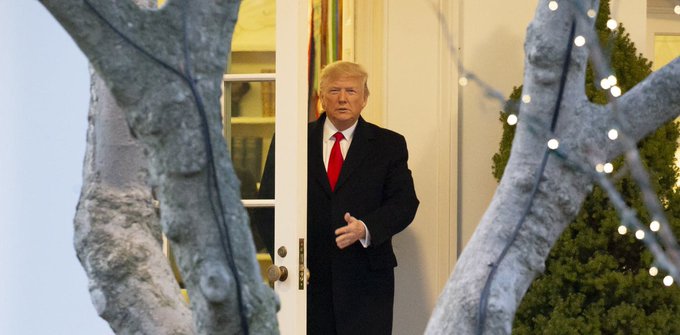Before Donald Trump, three other US presidents faced impeachment proceedings. However, none was stopped by these, although Richard Nixon resigned instead of being subjected to the “impeachment.”
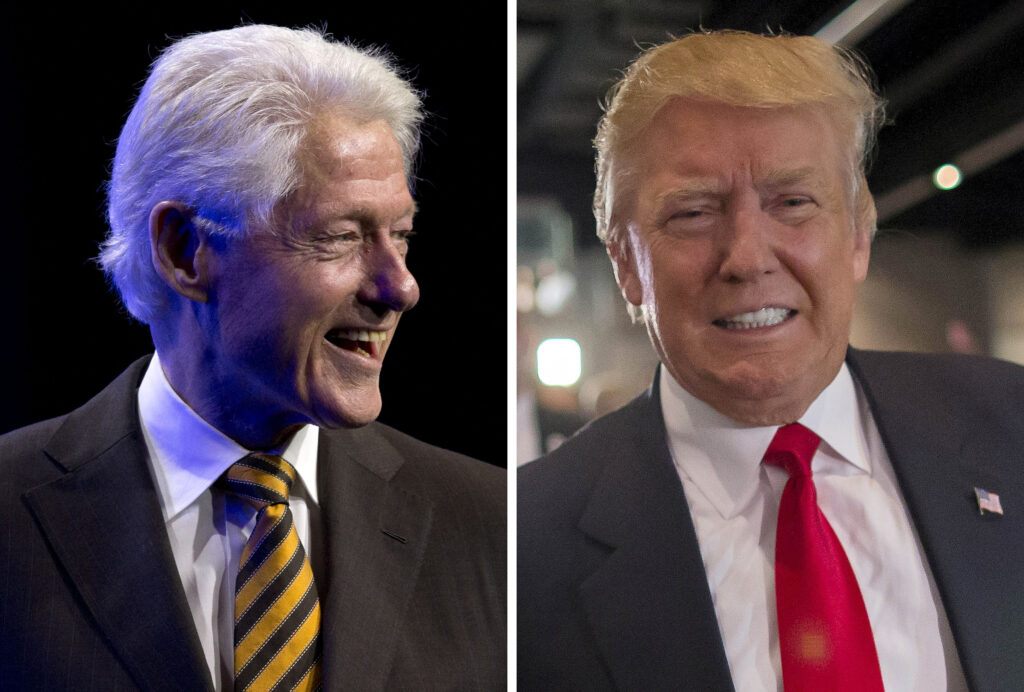
1868: Johnson is saved by a vote
The impulse of Democratic President Andrew Johnson for reconstruction after the American Civil War, including through the reintegration of the southern states into the Union, put him in conflict with Congress.
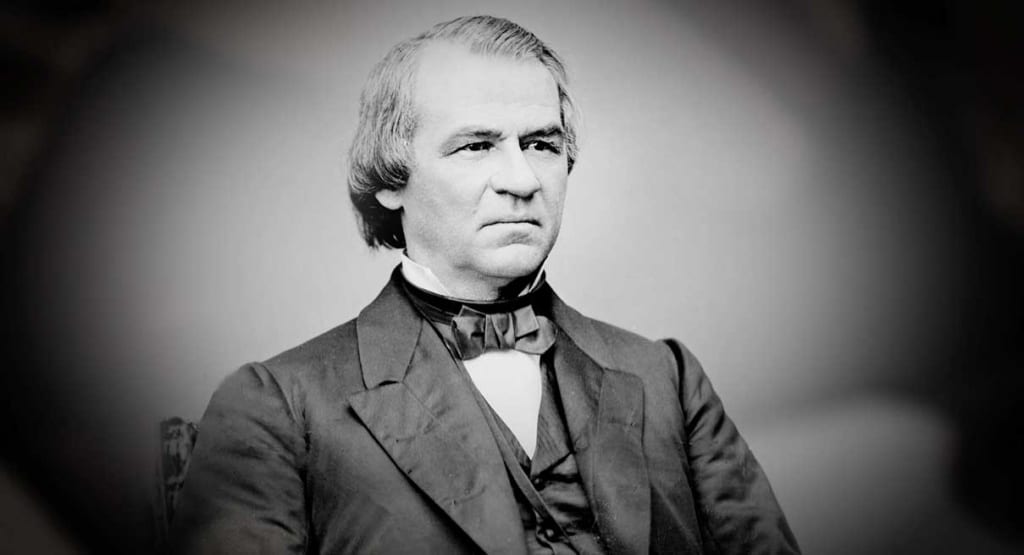
Congress vetoed all its legislation, including the “Black Codes”, racist laws voted by representatives of the South.
In a dead end, Johnson fired his war secretary, prompting Congress to initiate a removal process, the first in US history.
On February 24, 1868, the House of Representatives voted 11 articles for the political trial, in particular for its attempt to replace a holder appointed by the Senate.
But after a several-week trial, in May the Senate was left with a two-thirds majority vote required for a conviction.
Johnson remained in office but lost his party’s bet to run for the next election, entering the Senate five years later.
1974: Nixon resigns before the political trial
During the re-election campaign of Republican President Richard Nixon in 1972, intruders entered the Democratic headquarters in the Watergate building in Washington to steal documents.
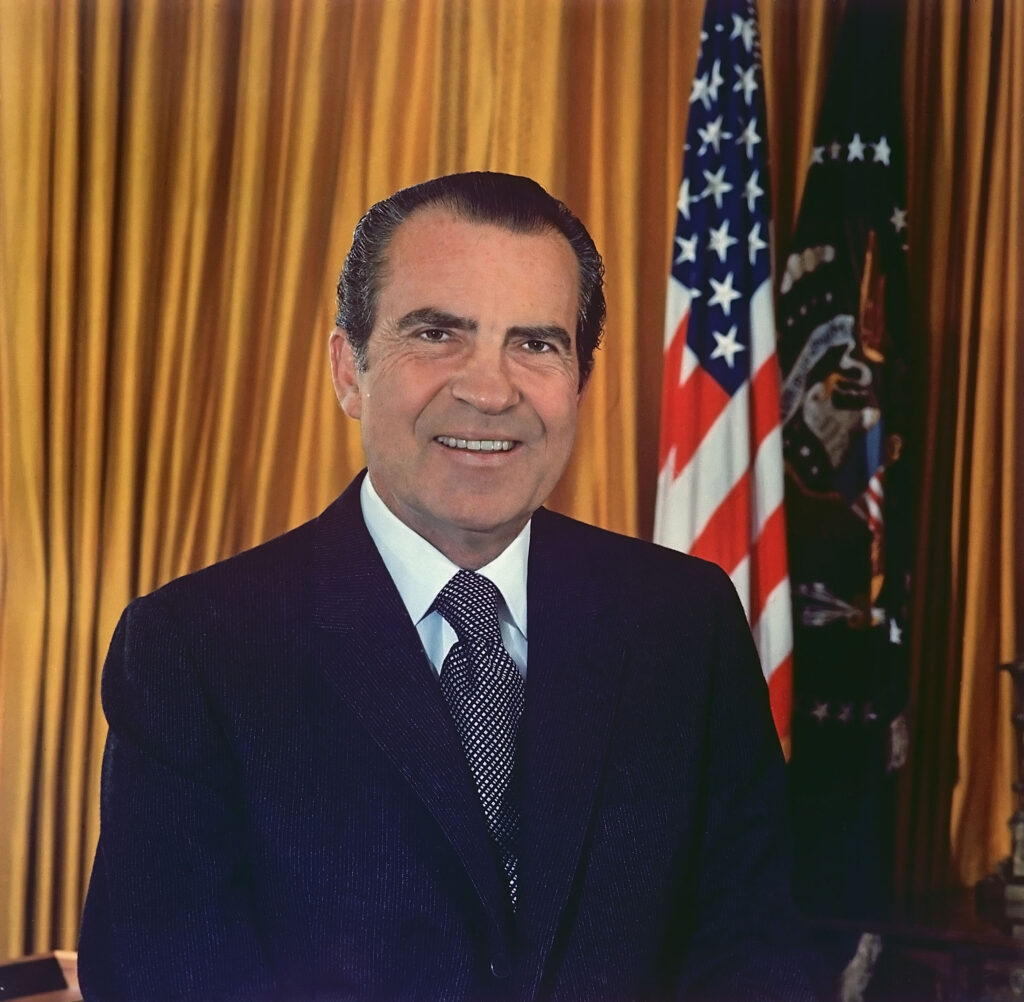
The operation was a failure, the thieves were caught and the scandal was revealed in famous research reports from The Washington Post.
Nixon tried to cover up his participation. But on July 24, 1974, the United States Supreme Court ordered him to deliver clandestine recordings of his private conversations at the Oval Office, which provided proof that he and his principal advisers had participated in an elaborate cover-up of the crime.
On July 30, the Chamber’s Judicial Committee approved three articles for the impeachment: obstruction of justice, abuse of power and attempt to impede the impeachment process by challenging the committee’s citations to gather evidence.
Before the articles could be considered by the House of Representatives, who would surely have voted for his dismissal, Nixon resigned on August 9.
1999: Clinton acquitted
In 1998, Democratic President Bill Clinton denied under oath a sexual relationship with Monica Lewinsky, a former White House grantee almost half his age.
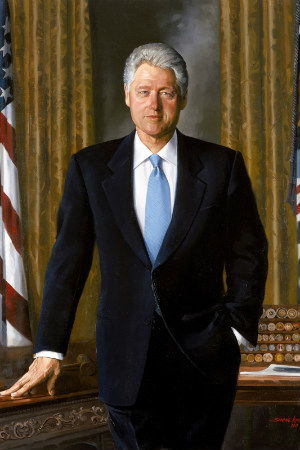
At first, Lewinsky also denied any inappropriate relationship, but then admitted to having had a love affair, as Clinton finally did. This led to calls for political trial for lying under oath and trying to hide the matter.
From December 12 to 13, 1998, the Chamber’s Judicial Committee, voting almost exclusively along the lines of the party, approved four articles for the political trial: two on perjury, a third on obstruction of justice and a fourth on abuse of power.
On December 19, the House of Representatives voted for the dismissal based on only two articles: perjury before a grand jury and obstruction of justice.
However, in the Senate vote on February 12, 1999, the 45 Democratic senators held together against the 55 Republicans to block a two-thirds vote for their conviction.
Clinton remained in office until the end of his term in 2001.



